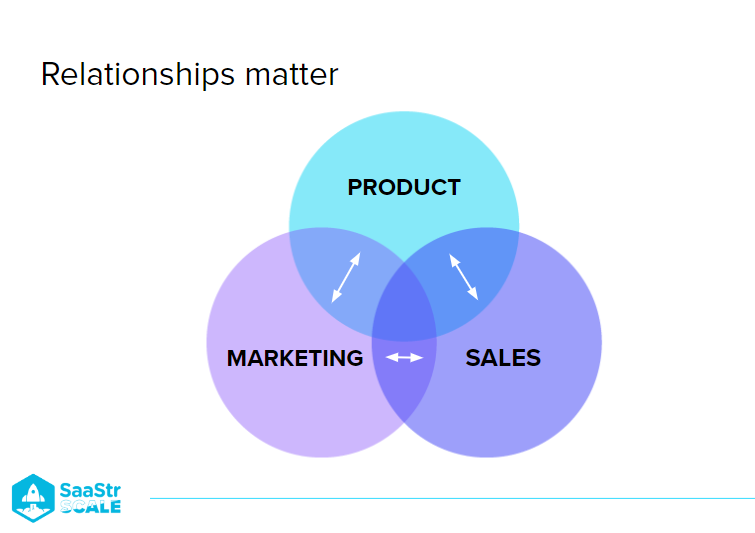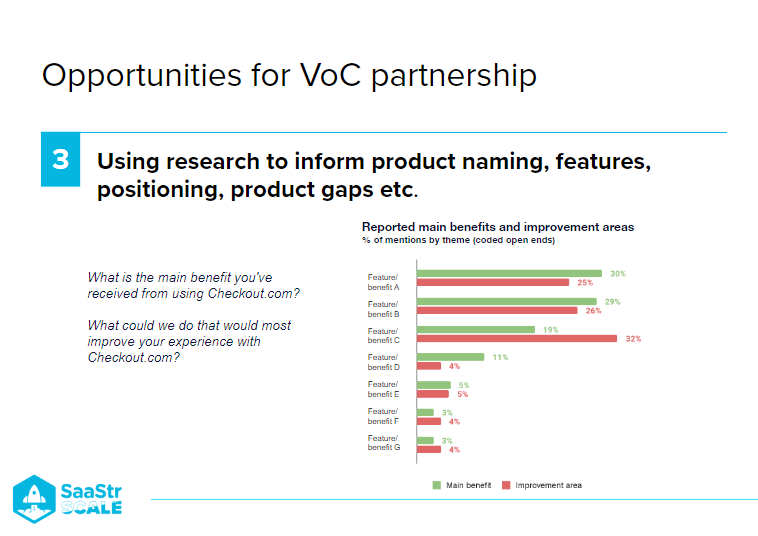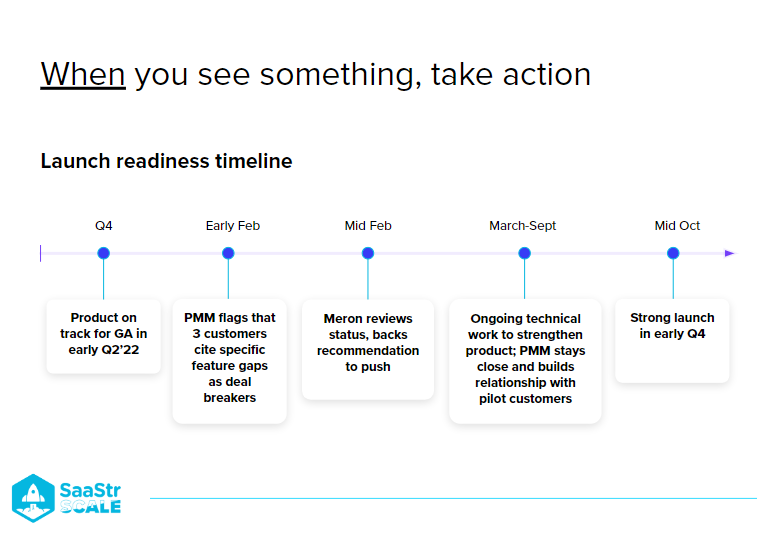The relationship between product and marketing has always been a part of the C-suite’s success mantra but has historically not been discussed enough. With the collaboration of ideas and goals between marketing and the product team, startups can drive more growth, get better feedback, and achieve revenue goals using in-hand promotion tools. C-suites should realize the importance of this relationship in the early stages of business to drive more traction from the launch through diversification.
Checkout.com’s CMO, Leela Srinivasan, and CPO, Meron Colbeci, discuss four ways they collaborate on critical stages to ensure the satisfaction and conversion of clients.
Customer voice for the win
From KPIs to CRMs, the goal of satisfying the target audience should be the foundation for building every aspect of the business. If a startup’s marketing and product teams merge their resources, they can fill industry gaps present in satisfying the target audience and enable more sales.
Marketing is an art, and product management is a science. The amalgam of both adds logic and proof to organizational operations. Aligning the efforts of both product and marketing to match the need of customers is critical. Here is how Checkout’s team maintains its partnerships between groups.
- Find your hero customer. Every brand needs a voice. And what is better than having your own customers tell your story to the world? Whether brands make product modifications or launch a new product, hero customers help deliver their messages to the world.
- The first-hand experience of a customer proves instrumental in making a product successful. But to leverage this hero customer’s feedback the right way, the product and marketing team have to decide on evaluation propositions beforehand.
- Listen. When product teams set up advisory councils, they should turn them into listening sessions. Relay the roadmap in front of the customers, listen to their pain points, design an action route, and ensure the product team gets active feedback.
- Customer research. Customer feedback can also come in the form of research and surveys. For example, an NPS survey to define customer satisfaction can help product teams find technical glitches and increase sales.
“An advisory council helps transform products through evaluation of feedback by the product team.” – Meron Colbeci

Extreme alignment brings goal clarity
Being on the same page is crucial to meeting deadlines and avoiding ambiguity between product and marketing. When marketing and product teams’ timelines match for tasks, campaigns, and success, there are fewer deviations and more wins with each step.
For every function, there needs to be a key artifact driving actions by all teams. The first step is to understand what the team is doing and if it will cause any value to the company’s objectives and key results (OKR).
Both teams should know the key holders, who gives approval, and who releases resources. This knowledge clarifies the hierarchy and helps the teams collaborate by aligning their steps for creativity, discussions, and execution.
To add more clarity and visibility to the progress of the plans, startups should add live links to essential prep materials, mention OKRs and their relation to initiatives, and add stakeholders to the mix. This will give a cohesive view and allows executives to provide their input to find the best possible answers.
“The more input you get, the better result you produce.” – Leela Srinivasan

Honesty works wonders
It’s important to listen to the internal voices before startups collect feedback from external factors. For example, marketing teams can provide examples of gaps addressed by multiple customers via reviews, while the product team can work to eliminate that problem.
Whenever the teams modify or launch an initiative, they should ask, “Is this meeting the bare minimum?” They have to be honest while answering this. If the answer is no, product teams should push back on the launch and make changes.
There will be moments of honesty between the marketing and product team. For instance, product naming can involve descriptive, associative, direct, and neologistic name ideas. If the product team chooses a name that marketing doesn’t think will work in the marketplace, they need to present the proof and help the product team develop better suggestions.

Speak your partner’s language
If the goals align, so should the voice. Both teams should gear up for inter-departmental discussions, activities, and online sessions to become more familiar with the other team’s culture.
Product managers are involved both externally and internally in the launch and marketing of a product. For example, they can share feedback from social media by organizing a technical Q&A session and helping the marketing team create campaigns that hit the pain points.
With the marketing team’s help, technical insights from the product team can help address obstructions before the customers are subjected to them and provide negative feedback.
The key is to learn how to streamline the roles by having a mechanism in place.
Product teams can collaborate on putting out the right content and educating the audience. There is no need for the marketing team to be the custodian of getting the word out. It can instead be a joint effort by both teams.
Key takeaways
- Product and marketing teams should keep their minds open from the start and be involved in technical discussions to better shape value propositions.
- OKRs should be succinct because they drive clarity and ensure no one is overloaded with cascading information.
- Conduct initiative reviews with a cross-team and subset of executives to unblock and explore new opportunities and threats.
- For advisory roles, choose the right customers and ensure they support your vision.
The post Move Over, Sales: Why Product and Marketing are the C-Suite’s New Power Partnership with Checkout CMO Leela Srinivasan and CPO Meron Colbeci (Pod 627 + Video) appeared first on SaaStr.
via https://www.aiupnow.com
Amelia Ibarra, Khareem Sudlow
